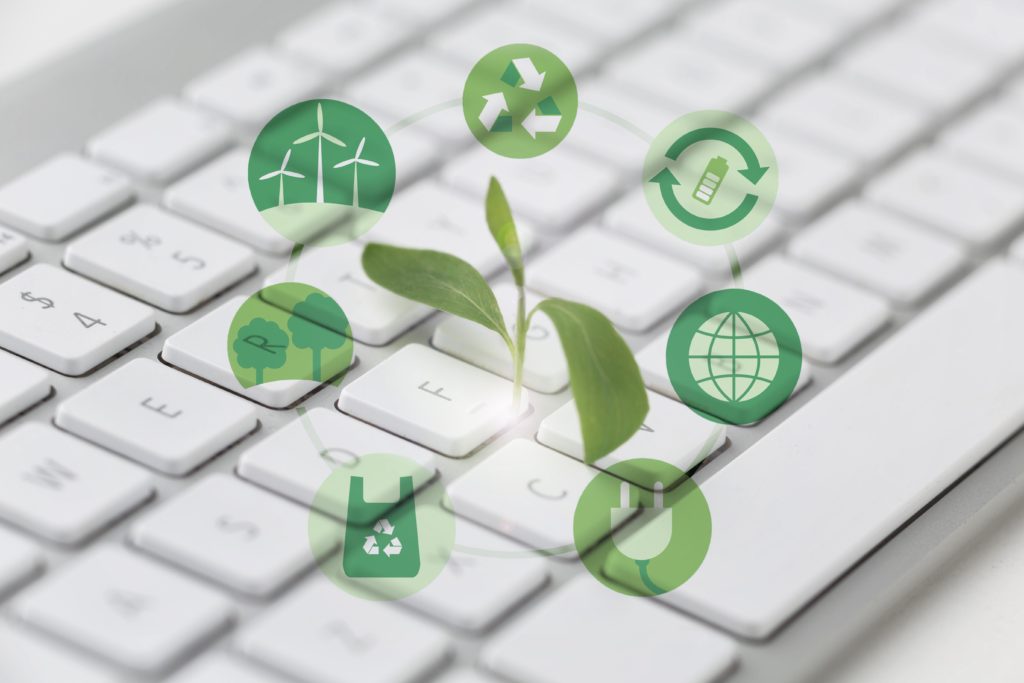
As sustainability becomes an increasingly pressing issue, industries are looking for ways to reduce their impact on the environment. One area that has seen a significant change is computer-aided design and drafting (CADD), where technology is being used to create more efficient and eco-friendly designs. This has resulted in reduced waste, lower energy consumption, and improved overall sustainability.
In this blog post, we will explore how CADD is contributing to sustainability and examine some of the innovative ways in which technology is being used to create eco-friendly designs.
Understanding CADD and Sustainability
Computer-Aided Design and Drafting (CADD) involves the use of computer technology to create and modify design drawings. The use of CADD has greatly improved the efficiency and accuracy of design work, making it an essential tool for architects, engineers, and other professionals.
However, traditional design methods often overlook sustainability and the impact on the environment.
Sustainability refers to meeting the needs of the present without compromising the ability of future generations to meet their own needs. This concept includes designing buildings, products, and systems that have a minimal negative impact on the environment and are efficient in their use of resources.
When considering CADD and sustainability together, it becomes clear that technology has the potential to significantly improve the environmental impact of design. By using digital tools and software, designers can optimize their designs for energy efficiency, waste reduction, and overall sustainability.
Simulation software can do this by predicting how a design will perform in actual use, making it simpler to spot and fix potential environmental problems.
How Technology Can Improve Sustainability in Design
The use of computer-aided design and drafting (CADD) software in the design process can significantly improve sustainability in many ways. CADD can simulate various design scenarios to optimize the use of resources, such as materials and energy. It can also calculate and compare the environmental impacts of different design options, allowing designers to choose the most environmentally-friendly solution.
Furthermore, CADD enables the creation of highly detailed and accurate designs, reducing the need for physical prototyping and testing. This reduces the waste of resources and energy that typically occurs during the traditional design process.
One example of a school using CADD-related technology and whose education and training also take into ways to reduce the waste of resources and energy is the RW2 Career and Technical Education (RW2). Students, novices or those needing to skill up, can take advantage of the 14-week CADD or 15-week Building Information Modeling (BIM) training they offer. The online classes, day or evening, with actual industry-experienced instructors is accessible from anywhere. Go online to get more information and find out about scholarship and grant
opportunities, too.
Additionally, CADD facilitates collaboration and communication among team members, leading to more streamlined and efficient workflows that also promote sustainability.
Implementing Sustainable Practices with CADD
With the use of Computer-Aided Design and Drafting (CADD), designers and architects can create efficient and eco-friendly designs that are both functional and sustainable. By implementing sustainable practices with CADD, it is possible to minimize the environmental impact of construction and create long-lasting, sustainable structures that meet the needs of both people and the planet.
Here are five ways to implement sustainable practices with CADD:
Use materials that are environmentally friendly
When designing with CADD, it’s important to consider the environmental impact of the materials you are using. Choose materials that are sustainably sourced and manufactured and that have a low environmental impact.
Incorporate green technology
Designers can use CADD to incorporate green technology into their designs, such as solar panels, wind turbines, and other forms of renewable energy. By utilizing these technologies, you can create buildings that are more energy-efficient and have a lower carbon footprint.
Reduce waste
With CADD, designers can create detailed and precise designs, reducing the amount of waste during construction. By optimizing designs to minimize waste, you can reduce the amount of material that ends up in landfills.
Use efficient building practices
With CADD, it’s possible to optimize building designs to reduce the amount of energy needed for heating, cooling, and lighting. Incorporate efficient building practices, such as insulation and natural ventilation, to reduce energy consumption and minimize environmental impact.
Consider the entire lifecycle of the building
Finally, designers should consider the entire lifecycle of the building when using CADD. This means designing buildings that can be easily repurposed, dismantled, or recycled at the end of their lifecycle, reducing the environmental impact of construction.
Key-Takeaways
In conclusion, CADD (Computer-Aided Design and Drafting) offers immense potential for creating more sustainable and eco-friendly designs. By leveraging technology, designers can optimize their designs for energy efficiency, reduce material waste, and minimize the overall environmental impact. As the world becomes more conscious of sustainability, incorporating CADD into design practices becomes crucial.
RW2 CTE School understands the importance of sustainable design and offers comprehensive CADD and BIM education, training, and certification. Enroll in their upcoming class starting on August 21st to gain the skills and knowledge needed to help you prepare for your a new job opportunity or promotion. Pre-register Now!



